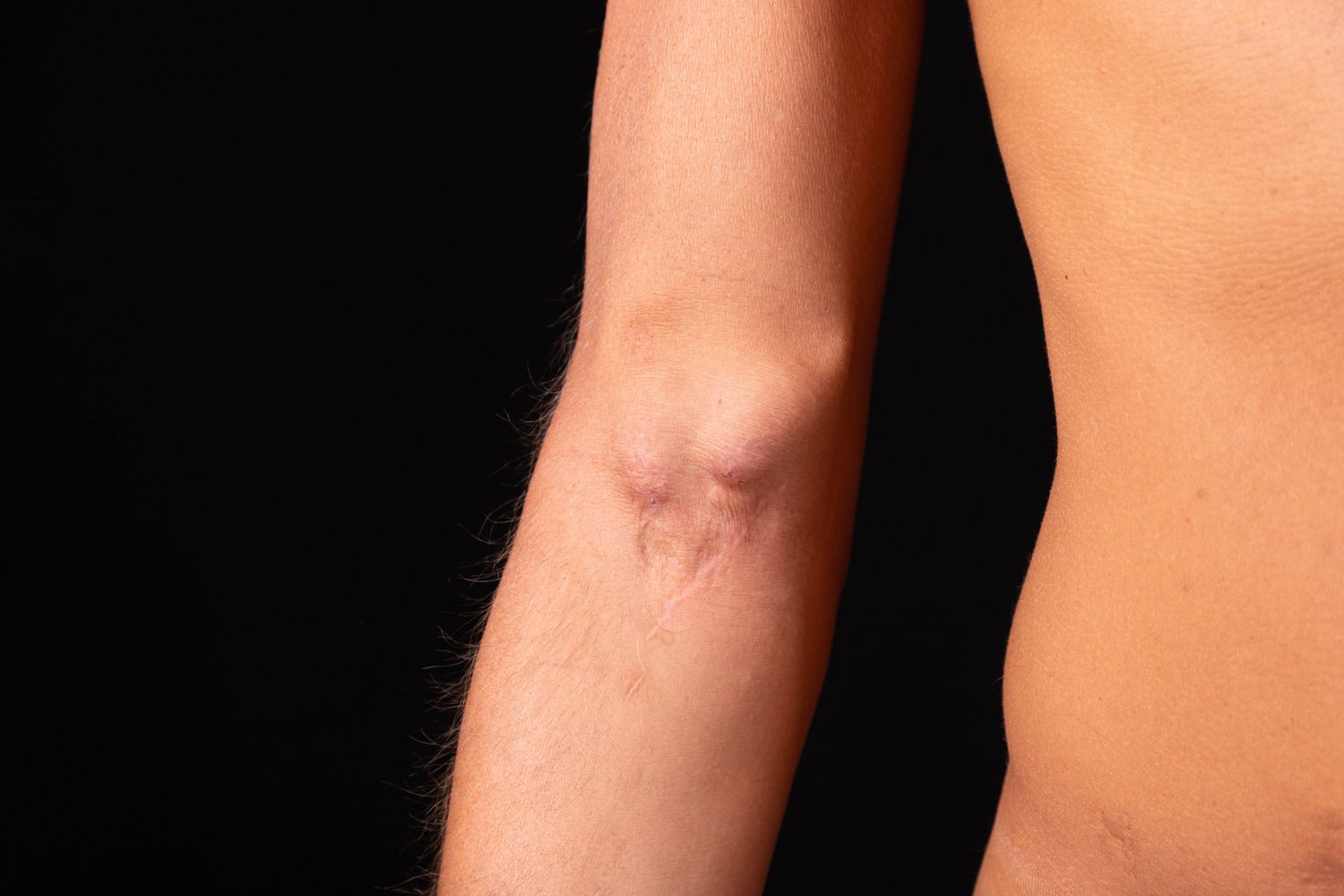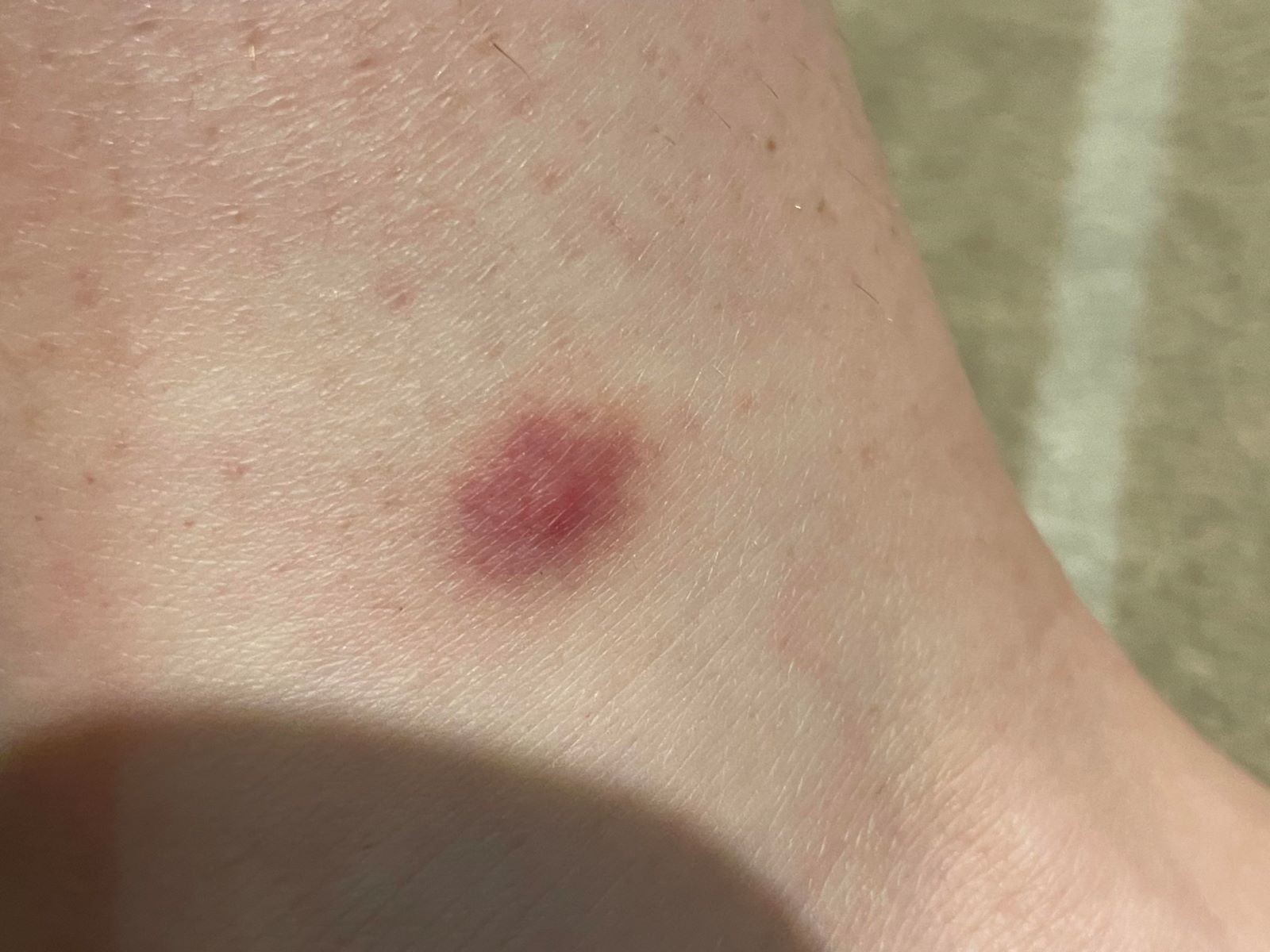
An arteriovenous fistula (AVF) is an unusual connection between an artery and a vein. This condition can be congenital, meaning present at birth, or acquired through trauma or medical procedures. AVFs can occur in various body parts but are most commonly found near the brain or spinal cord. Symptoms vary based on the fistula's location and can include headaches, vision changes, and neurological deficits. Diagnosing AVFs often involves imaging techniques like angiograms, CT scans, or MRIs. Treatment aims to close the fistula and may involve minimally invasive procedures or surgery. Understanding AVFs is crucial for effective management and improved patient outcomes.
Understanding Atrioventricular Fistula
An arteriovenous fistula (AVF) is an unusual connection between an artery and a vein. This condition can be congenital or acquired. Let's explore some key facts about AVFs to understand their causes, symptoms, diagnosis, and treatment.
What is an Arteriovenous Fistula?
-
Definition and Pathophysiology: An AVF is a direct link between an artery and a vein, bypassing the capillaries. This abnormal connection disrupts normal blood flow, causing high-pressure arterial blood to flow into veins, increasing venous pressure.
-
Types of AVFs: Common types include dural AVFs, found in the dura mater around the brain, and carotid-cavernous fistulas (CCFs), located in the cavernous sinus. Each type presents unique symptoms and challenges.
Causes of Arteriovenous Fistula
-
Congenital Anomalies: Some AVFs are present at birth due to genetic anomalies affecting blood vessel development. These congenital AVFs can vary in severity based on their location and size.
-
Iatrogenic Injuries: Medical procedures like surgeries or angioplasties can inadvertently cause AVFs. Patients undergoing multiple procedures have a higher risk of developing these fistulas.
-
Traumatic Injuries: Physical trauma from accidents or falls can lead to AVFs. The likelihood of developing a fistula depends on the injury's severity and location.
-
Infections: Bacterial or fungal infections can damage blood vessels, resulting in AVFs. Treating the underlying infection is crucial in managing these cases.
Symptoms of Arteriovenous Fistula
-
Bruit: A common symptom of dural AVFs is a bruit, a rumbling noise in one ear that follows the heartbeat. This sound results from turbulent blood flow through the fistula.
-
Eye Symptoms: CCFs often cause swelling and redness in one or both eyes, along with a bruit. These symptoms occur due to increased venous pressure in the cavernous sinus.
-
Neurological Deficits: Depending on the AVF's location, patients may experience headaches, vision changes, or other neurological symptoms. These deficits result from increased pressure on surrounding tissues.
Diagnosing Arteriovenous Fistula
-
Angiogram: The most common diagnostic tool for AVFs is an angiogram. This test involves injecting dye into blood vessels and taking detailed images to identify the fistula.
-
CT and MRI Scans: While not always showing the AVF, CT and MRI scans help rule out other conditions and assess the extent of the fistula.
Treatment Options for Arteriovenous Fistula
-
Endovascular Embolization: This minimally invasive technique involves threading a catheter through the groin to the brain's arteries. A glue-like liquid is injected to close off the artery, reducing blood flow through the AVF.
-
Microsurgical Resection: For AVFs that can't be treated with embolization, microsurgical resection may be necessary. Surgeons use a microscope to isolate and remove the fistula, often requiring a craniotomy for access.
Complications and Management
-
Increased Venous Pressure: AVFs can cause significant complications by increasing venous pressure, leading to neurological deficits, vision changes, and other systemic issues.
-
Irreversible Damage: Untreated AVFs can cause permanent damage to the brain and spinal cord. Early diagnosis and treatment are crucial to prevent these severe outcomes.
-
Multidisciplinary Approach: Managing AVFs requires a team of neurosurgeons, neuroradiologists, radiologists, and other healthcare professionals. This collaborative approach ensures comprehensive care and better patient outcomes.
Surgical Creation of AVFs
- Dialysis Access: AVFs are often surgically created for dialysis access in patients with end-stage renal disease. These fistulas provide a durable and reliable access point for dialysis treatments.
Research and Future Directions
-
Advancements in Treatment: Ongoing research is developing new techniques and technologies for diagnosing and treating AVFs. These advancements aim to improve patient outcomes and reduce complications.
-
Interprofessional Collaboration: The role of interprofessional collaboration remains crucial in AVF management. By working together, healthcare professionals can provide comprehensive care and improve patient outcomes.
-
Patient Education and Support: Educating patients about AVFs, treatment options, and potential complications is essential. Support from family and healthcare providers can significantly enhance the patient's quality of life during and after treatment.
Final Thoughts on Atrioventricular Fistula
Atrioventricular fistulas (AVFs) are complex vascular anomalies that can significantly impact health. Understanding their pathophysiology, clinical presentation, and treatment options is crucial for effective management. AVFs can arise from congenital anomalies, iatrogenic injuries, or trauma, and they present with varied symptoms depending on their location. Diagnosis often involves imaging techniques like angiograms, CT scans, and MRIs. Treatment typically includes minimally invasive endovascular embolization or microsurgical resection. An interprofessional team approach ensures comprehensive care and better outcomes. Ongoing research and technological advancements continue to improve diagnosis and treatment, offering hope for those affected by AVFs. Patient education and support play vital roles in managing this condition, helping patients navigate their treatment journey. By staying informed and working closely with healthcare providers, patients can achieve better health outcomes and improved quality of life.
Was this page helpful?
Our commitment to delivering trustworthy and engaging content is at the heart of what we do. Each fact on our site is contributed by real users like you, bringing a wealth of diverse insights and information. To ensure the highest standards of accuracy and reliability, our dedicated editors meticulously review each submission. This process guarantees that the facts we share are not only fascinating but also credible. Trust in our commitment to quality and authenticity as you explore and learn with us.


